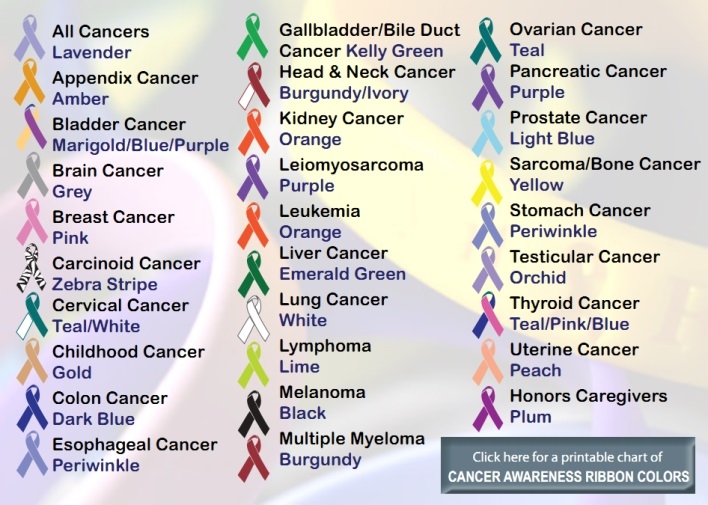
Are you helping hackers?
Cybersecurity is a part of digital literacy. If you’re not following best security practices in today's volatile technology environment, you’re at serious risk of being hacked. Because people usually have the ‘’not going to happen to me’’ attitude, they slack in the security department. What they don’t realize is that they’re actually making things much easier for hackers. No security means no roadblocks for hackers when your device is next in line for hacking.
So, are you helping hackers unknowingly? Do you make these common mistakes that could potentially result in identity thefts or something much worse? Here’s how you can maximize your online security.
1. Use a VPN Software
A VPN is a great tool that will protect you from hackers that are lurking around the corner, especially when using public Wi-Fi, which we’ll cover a bit more in-depth below. A VPN stands for a virtual private network, and it’s a tool that acts as a shield between your computer and the internet.
It conceals your original IP address, leaving your device undetectable and anonymous. Usually, hackers need at least the target’s IP address to damage their phones and computers. By using a VPN app (https://nordvpn.com/download/), you’re completely eliminating that option, making things much more difficult for them.
2. Don’t Use Public Wi-Fi
Public Wi-Fi is a breeding ground for hackers. Not only because it’s easily accessible, but also because they’re usually poorly secured. Plus, many users often use that same public network simultaneously, creating a big pool of victims for hackers who are eager to exploit almost anyone.
We always recommend avoiding public Wi-Fi at all costs since it’s prone to man-in-the-middle attacks, sniffing, and many others. However, since sometimes, there’s no other option but to use public Wi-Fi, make sure to at least use a VPN before you connect.
3. Always Scan Third-Party Website Downloads
The greatness of the internet lies in the fact that everything is so accessible. You can download the same thing from endless resources. However, that’s also dangerous because not all third-party download websites are legit. Scammers and hackers often create websites with free software downloads hoping to trick unknowing users into downloading them.
However, even if the website and the downloaded files seem legit, once you install the app, your computer becomes infected either with adware, malware, ransomware, or other types of spyware. Always download files from the original source and don’t become just another hacking victim.
4. Use Antivirus, Firewall, and Anti-Malware Software
Always use antivirus and anti-spyware tools to scan all files that come and go through your devices. Make sure that all three are always enabled to ensure the best and most precise scanning capacity.
This is a great prevention measure, especially if you like downloading software from unknown or unreputable resources. Everything is scanned in real-time, and you’ll receive a notification if there’s a suspicious file on your computer or phone.
5. Disable Connections When They Aren’t Active
If you use Wi-Fi or Bluetooth on your devices, make sure to disable them when not in use. Hackers can use these to access your networks and information without you even noticing. This also goes for other sharing features like Nearby Share, Quick Share, or NFC.
6. Check for Phone Spyware
Technology today is so advanced that your phone might be infected with spyware without you even realizing it. There are many different software options that enable individuals to keep track of all activities on the target phone without ever contacting it.
These tools work on Android, iPhone, macOS, Windows, Kindle – nearly all operating systems. Make sure to scan your phone frequently and check for unusual files in the App section. If you notice something suspicious, delete it immediately.
7. Enable Two-Factor Authentication
Two-Factor Authentication (2FA) is another layer of security when trying to log into your account. It comes in different forms, such as:
- SMS verification
- Email verification
- Call verification
- Authenticator apps
- Security question
- Passcode match
So, even if someone knows your password, they’ll have to go through another security step before they can access your account. Most websites and services offer this feature – always enable it.
8. Use a Unique Password for All Accounts and Devices
When a website suffers a breach, hackers often post the stolen data and account details for sale on the dark web or dump it on forums. If you use the same password and email for multiple accounts, they'll be able to access all other accounts with the same password if one of them gets hacked.
So, you’re basically doing their job for them by not using different passwords. To avoid that, generate a diverse, strong password for each of your accounts. If you’re too lazy to memorize them all, just install a password manager and store them there.
9. Don’t Save Your Payment Info on Websites
Regardless of how safe websites claim to be, they’re never fully impenetrable. People often click on the ‘’save’’ option out of habit, not even thinking about how that can be dangerous. There have been numerous instances where big websites were hacked and user information, including payment data, was stolen and exploited.
10. Check If Your Accounts Have Been Compromised Before
There’s this handy website that keeps track of all data breaches and informs the users whether their information was leaked during those incidents. The website in question is HaveIBeenPwned, and it’s a great and easy way to see if you were a victim of hackers.
Just enter your email or phone number in the search box, and it will show you just how many times your email was exposed to hackers. You can also choose to receive notification if any of your emails appear in future breaches and file dumps.









